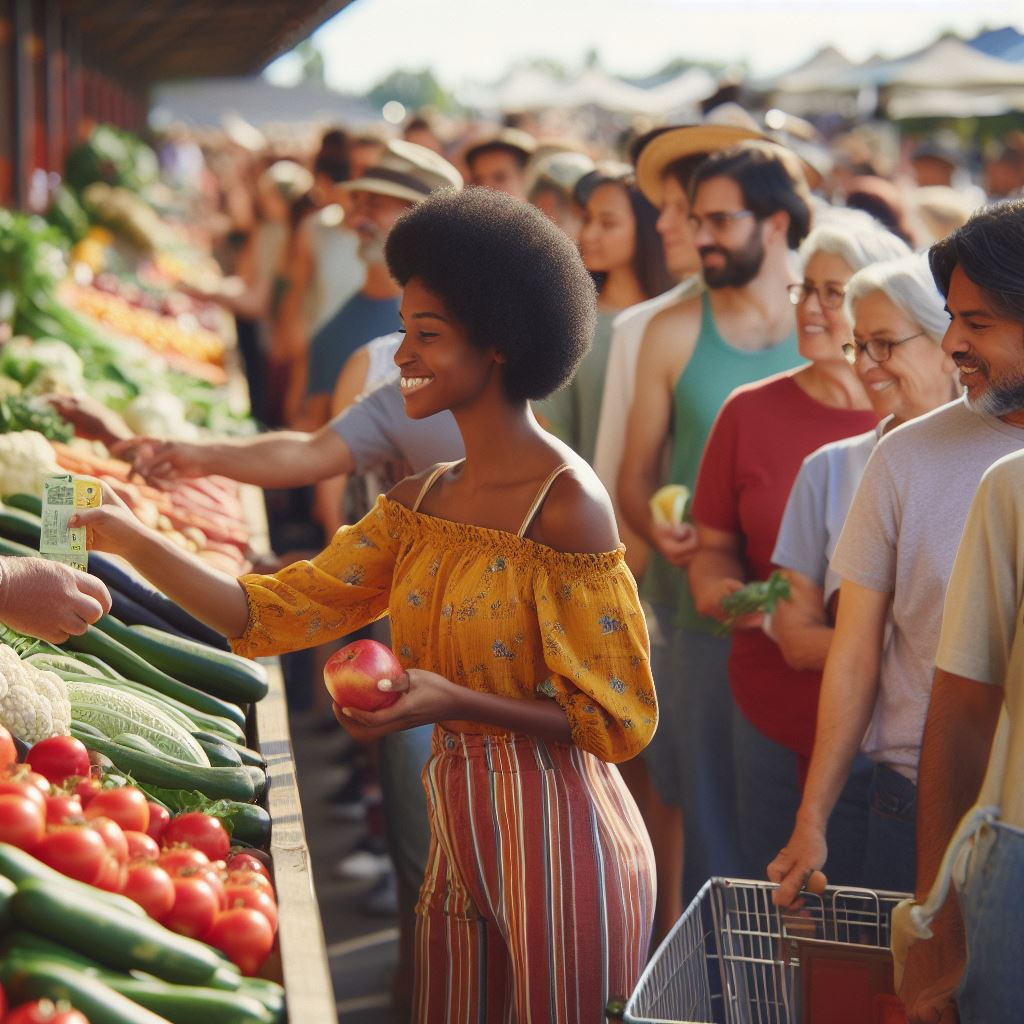Food Stamp Increase – What Is the Plan for the Future?

The Supplemental Nutrition Assistance Program (SNA), or food stamp benefit program, is the largest federally-funded food assistance program in the United States, with nearly 41 million Americans enrolled. However, there have been concerns that the food assistance benefits are insufficient to adequately address food insecurity, especially considering the soaring cost of living in the US.
Thankfully, that concern was addressed in October 2022, as participating households saw a significant increase in their allotments. Interestingly, this year’s food stamp increase is the biggest in recent history, representing more than a 12% jump.
Like many beneficiaries, you may wonder what more is in store for regular SNAP benefits, how long the benefits will last, and whether the increase is enough to cushion the impact of high inflation.
Here is all you need to know about the food stamp increase.
What Is the Current Maximum Monthly Allotment?
With the recent increase in SNAP allotment, a family of four living in the District of Columbia or the 48 contiguous states will receive a monthly benefit of $939, up from $835. However, the exact amount you can expect with the new increase and extra SNAP benefit depends on your income, resources, and qualifying deductions.
Based on the recent food stamp increase, participants in the 48 contiguous states and the District of Columbia will receive the following maximum monthly SNAP benefit allotment, depending on the household size:
- Family of 1: $281
- Family of 2: $516
- Family of 3: $740
- Family of 4: $939
- Family of 5: $1,116
- Family of 6: $1,339
- Family of 7: $1,480
- Family of 8: $1,691
- Families larger than 8: $211 for each additional person
Participating households in Hawaii, Alaska, Guam, and the US Virgin Islands will receive considerably higher SNAP benefits due to the higher cost of living in those places.
If you are already enrolled in SNAP and receiving food assistance benefits, there is nothing else for you to do to get the increase. All increases are automatic, so participants don’t have to re-qualify to get it.
How Long Will the Food Stamp Increase Last?
SNAP benefits or food stamps are usually adjusted to reflect the rising cost of living, especially regarding food prices. These adjustments are done annually in June and effected in October based on the Thrifty Food Plan (TFP) of the US Department of Agriculture (USDA).
With the significant jump in this year’s cost of living adjustment, SNAP beneficiaries now have more food-purchasing power to feed their families until September 2023.
Of course, food prices are still on the rise. According to the USDA, food prices have gone up 10.9% between October 2021 and October 2022. This point to the fact that low income families would have had a more difficult time feeding their families if there had been no increase in food stamps.
No income and low income families, as well as individuals, can use SNAP allotments for eligible purchases, such as bread, meat, fruits and vegetables, and other food items. Keep in mind that you can’t use SNAP benefits to buy certain foods, drinks, and household items. Visit this USDA webpage for a detailed list of eligible and ineligible purchases.
Can the Food Stamp Increase Mitigate High Inflation?
Regardless of the recent hefty adjustment in benefits, soaring food costs tend to erode the purchasing power of SNAP recipients. Recent data from the Bureau of Labor Statistics (BLS) indicates a 13.5% increase in food costs for the year ended August 2022 ― an all-time high since May 1979.
Considering the gap in the cost of food and the food stamp increase, many Americans, including SNAP recipients, will likely continue to feel the brunt of rising food prices. This can force low-income households to make difficult but unavoidable sacrifices, despite getting government assistance. This could mean reducing the amount they spend on food or spending more income on food.
The good news is that inflation is slowing down faster than expected. If this trend continues, it can lead to low food price inflation and strengthen the purchasing power of food stamp recipients like cost-of-living adjustments in previous years have done.
What’s the Plan for the Future?
Food stamps will continue to be adjusted in the future to keep up with the cost of living. The current increase is not a one-time event; neither is it a temporary thing to combat steep economic decline (such as the COVID-19 pandemic relief program).
The adjustment will happen yearly to account for inflation and will be based on data from relevant government agencies like the USDA’s TFP and Consumer Price Index (CPI) from the BLS.
The federal fiscal year starts in October of each year, meaning SNAP participants will have more spending power every year, regardless of high food prices. If you can barely feed your family, consider enrolling in the benefits program through your state’s SNAP office.



